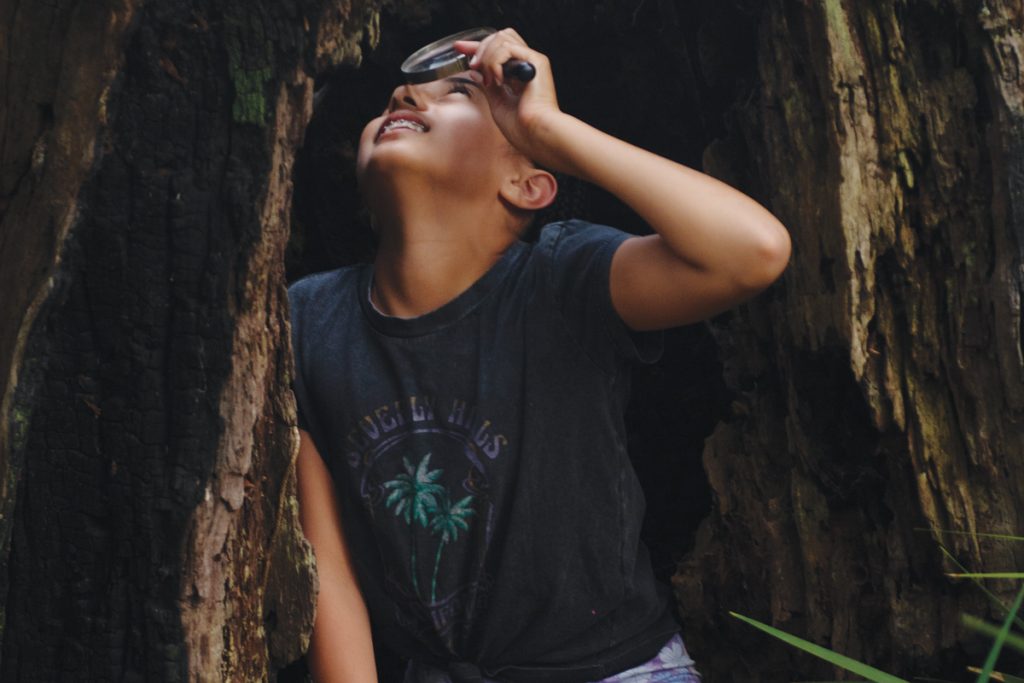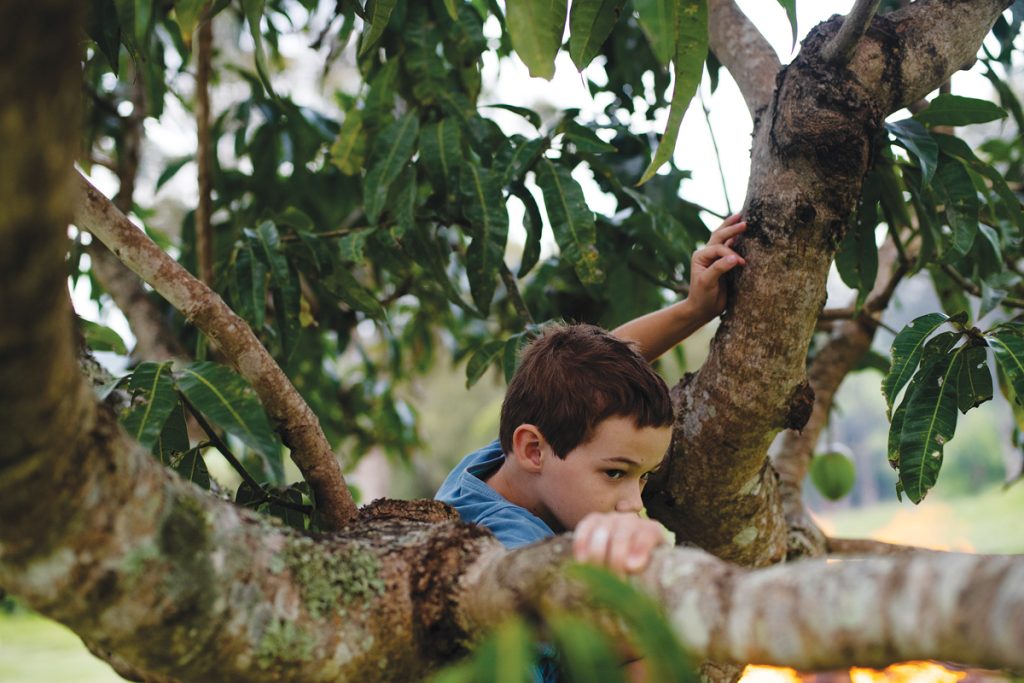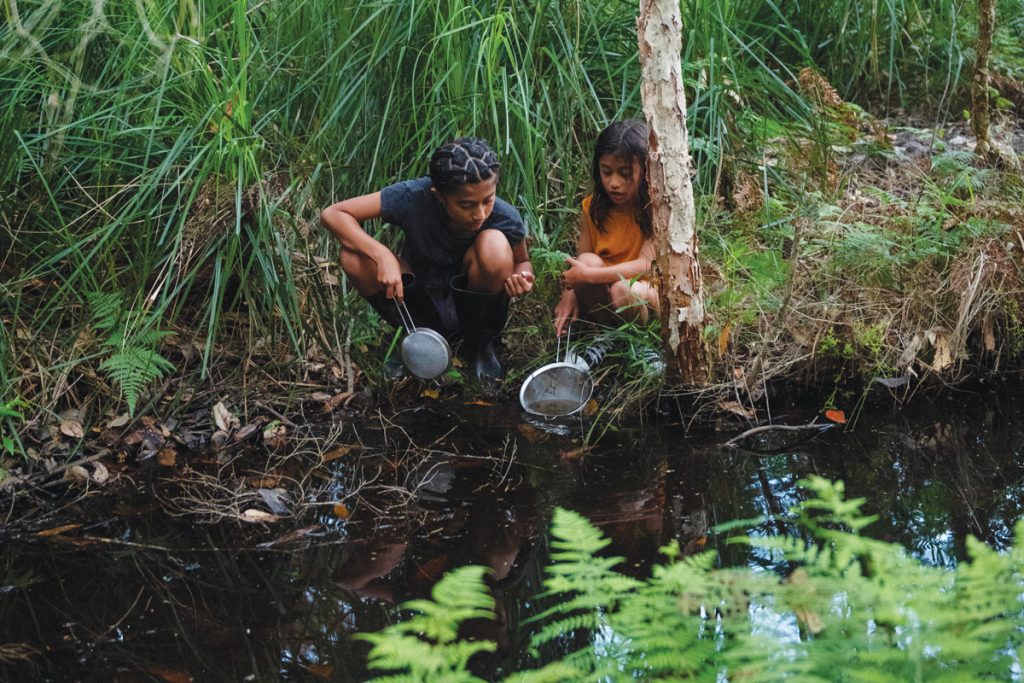Animals all around
It’s surprising the number of native animals that live in even the most built-up cities, and the best news is – there are a few things you can do to attract even more. As their habitat becomes more urbanised, much of our wildlife learned to adapt – as people who have possums living in their roof cavities will attest. But just because they can adapt doesn’t mean they should, and as we share the planet with these animals, it’s a good idea to make it as welcoming for them to live and breed as possible.
By Linda Drummond
The Australian Government’s Threatened Species Strategy identifies ‘Creating safe havens’ as one of its priorities for action and there are some very simple things you can do to help.
Conservation biologist Dr. Kylie Soanes, from the School of Ecosystem and Forest Sciences at the University of Melbourne says: “We often think about wildlife as being out ‘in the wild’ – somewhere far away, in ‘real nature’.
“But we’ve built our cities on top of some of the most biodiverse places and ecosystems. That’s why more than 300 of Australia’s threatened species can be found in our cities and towns.”
“I don’t really like the idea of living separate from nature, do you?” Kylie asks. “These are the landscapes that these species belong to, and we have the tools to share urban habitats with wildlife – so why wouldn’t we?”
To find out who you and your family are sharing your home with, start keeping an eye and an ear out. You might not always see them, but once you start looking, you’ll find tell-tale signs of your wildlife neighbours.

Building Nest Boxes
Treehouses for possums, microbats, native bees and more!
“If you already have possums in your area, there’s a good chance that they’ve already got somewhere to sleep!
But often in urban areas, the place they’ve picked might be dangerous for them or cause problems for people (e.g. in the electricity box, or inside your roof),” Kylie says. “By providing a nest box and removing access to the risky space, you can give possums a safer place to be.
Check online for design guides from reputable wildlife organisations.
Make sure it’s made of thick wood, placed out of the sun, and high enough that neighbourhood pets won’t disturb it.”
You can find plans for nesting boxes for whatever species that like to visit your yard. Find out if you have a local men’s shed in your area; if you do, ask them if they have days when you can come in and learn how to build a nesting box.
Nesting boxes are easy to build, and you can pop them in a tree to provide the next best thing to a natural tree hollow. It’s important to use natural, untreated wood to build a nest box, so there’s nothing that will irritate the animals. Make sure it has drainage holes drilled in the bottom, and ventilation holes near the top (but not on the roof!). Position it near a branch, high above the ground to avoid predators (three metres high is a good option if you’ve got a tree that high). Put some wood shavings or shredded bark in the bottom for nesting and keep an eye on it to make sure that introduced species don’t muscle in and kick your chosen species out.
*Putting up your nest box in late winter or early spring is the best idea, as this is when most species breed and are looking for a safe place to settle.


This excerpt is from Australian Geographic’s “How to Raise Outdoor Kids.” Author, Linda Drummond is a nationally published science journalist specialising in health, science, family, lifestyle and wellbeing articles.
How to Raise Outdoor Kids is the ultimate guide to inspire kids and families to get outdoors and discover the world around them. It is available to purchase through any good bookstores or online via: www.australiangeographic.com.au


